There is an old anecdote about the Russian army historically – Give them an ordinary task and they will fail. Give them an “impossible” task and guarantee it’s success.
Throughout history, the Russian army has shown itself to be one of the most interestingly inconsistent in world history. This is illustrated in the number of strongholds they captured, some of which were considered impregnable until the Russian troops laid siege to them.
The attacks were never easy, but the Russian troops demonstrated themselves to be one of the most determined armies in the world.
The modern military history of the Russian Empire began when it was redesigned by Peter the Great, who became Tsar in May 1682. The Empire lasted up to 1917 when, after the Russian Revolution, the Soviet Union was established. However, the military tradition of overcoming incredible odds didn’t stop.
Here are 5 Fortresses, Strongholds, and Defensive Lines that the Russian/Soviet forces have taken through a variety of methods.
Siege of Nöteborg
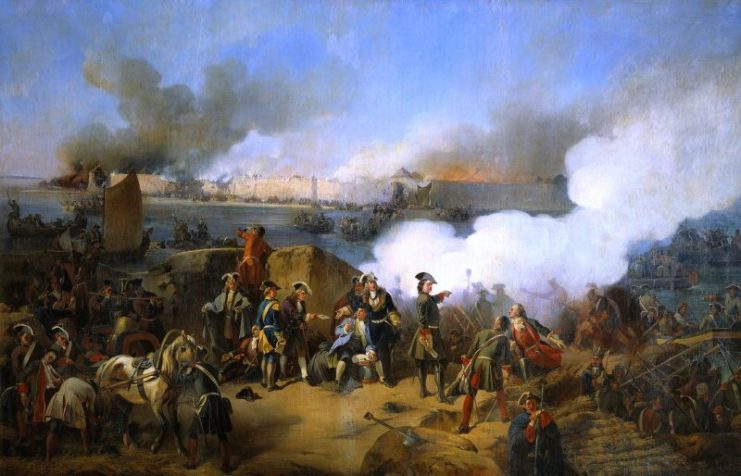
In 1702, during the Great Northern War, the Swedish fortress of Nöteborg was overcome by the Russian forces. The assault on Nöteborg was made possible by the leadership of Peter the Great.
The stronghold was initially defended by a small garrison of 220 men and 142 canons of small caliber. Those numbers were increased due to the efforts of Colonel Gustav Wilhelm von Schlippenbach. But ultimately, they were powerless against the 20,000 men that Peter the Great assembled against them.
The First Siege Was Launched
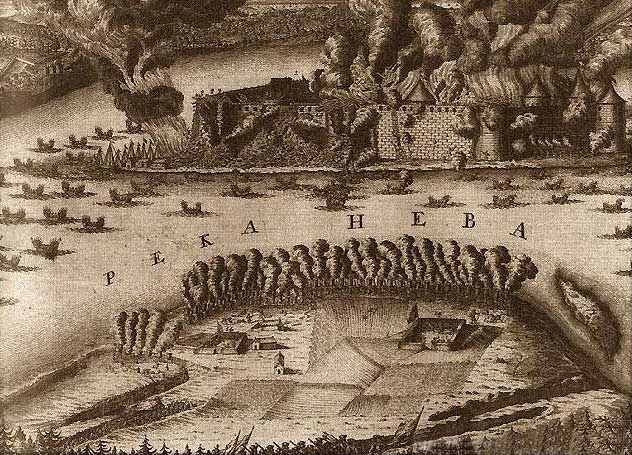
12,000 of the 20,000 Russian forces were positioned on the banks of the Neva River before they moved toward Nöteborg. When Schlippenbach refused to give up the fort immediately, the Russians started bombarding it.
5,000 Russian soldiers launched the first assault but were repulsed by the Swedish grenadiers. The second and third assaults opened fissures in the fortress wall and created choke points. Any attempts to scale the fortress walls resulted in heavy casualties for the Russian troops.
Missed Communication
Upon receiving the news of these setbacks, Peter the Great called off the assault but the order did not reach the front lines. Russian field marshal Mikhail Golitsyn continued the attacks. Some say the order did reach its destination, but Golitsyn chose to ignore it.
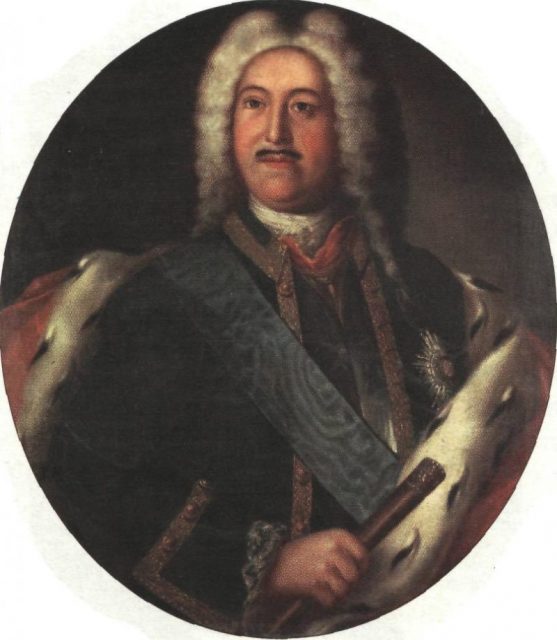
Despite the relatively fruitless assault on the fort, the unrelenting attack by the Russian forces resulted in the Swedish surrender of the fort on 22 October 1702. Peter renamed Nöteborg to Shlisselburg after he took control of it and reconstructed the fort for his own purposes.
The siege of Nöteborg cost the Russians over 500 casualties and the Swedish garrison 200 men.
When the Bender Fortress Fell
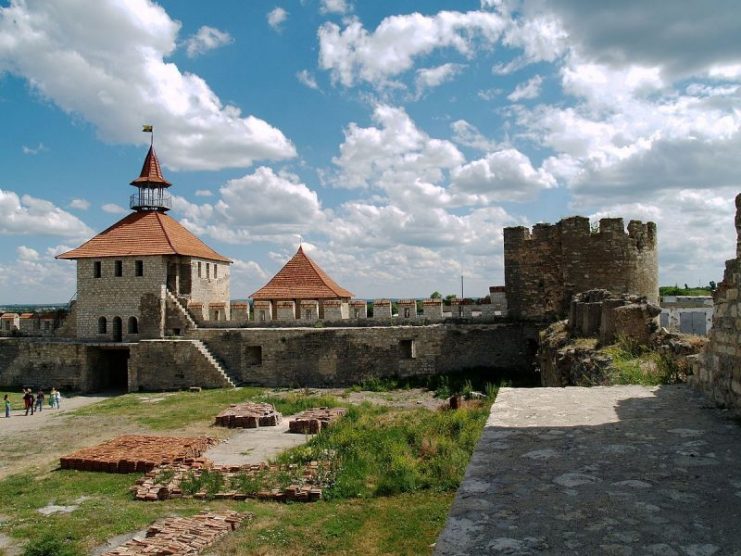
Tighina was a city in Moldavia that was renamed Bender when it was conquered by the Ottoman sultan, Suleiman the Magnificent, in 1538. Bender’s fortifications were upgraded to a full and daunting fortress. Because of the strategic location of the Bender Fortress on the high bank of the Dniester River, this defensive position became one of the strongholds of the Ottoman Empire during the Russo-Turkish War.
Called the “strong castle on the Ottoman territories”, there were many attempts to seize Bender but they were mostly unsuccessful. However, the fortress’ strength finally succumbed against the Russians and fell three times during the second half of the 18th century.
Bender Falls for the First Time
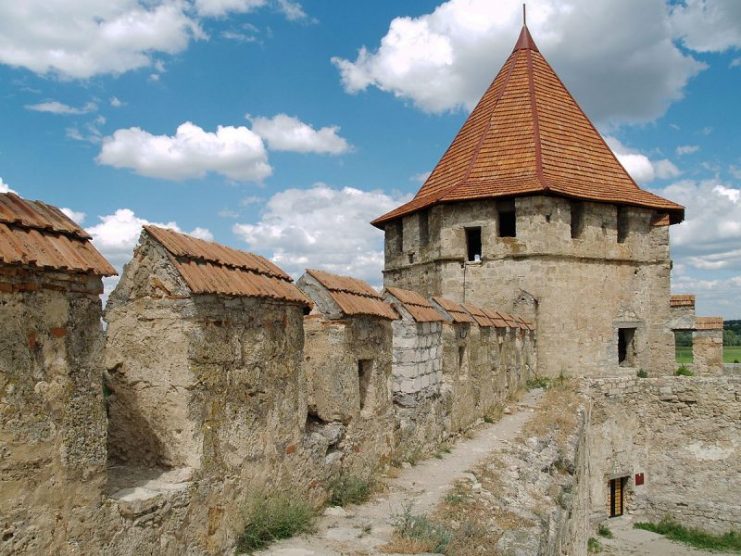
On 16 September 1770, General Petr Panin of the Russian Army led a 33,000-strong force in an attack against Ottoman garrison, which held 12,500 men. Overnight, the Russian Army overpowered the garrison and the stronghold surrendered.

The fight cost the Ottomans more than 7,000 people, which was four times the number of casualties on the Russian side. However, the 1,700 casualties were the highest that Russia had suffered during the Russo-Turkish War and were the result of some tactical miscalculations on Panin’s part. He was later forced to retire.
Siege of Izmail
In March 1790, during the Russo-Turkish War, the Russians started besieging Izmail, in the region of Budjak, which was under the leadership of Alexander Suvorov. Izmail had a garrison of 40,000 soldiers while the Russian commander, Suvorov, had only 31,000 troops.
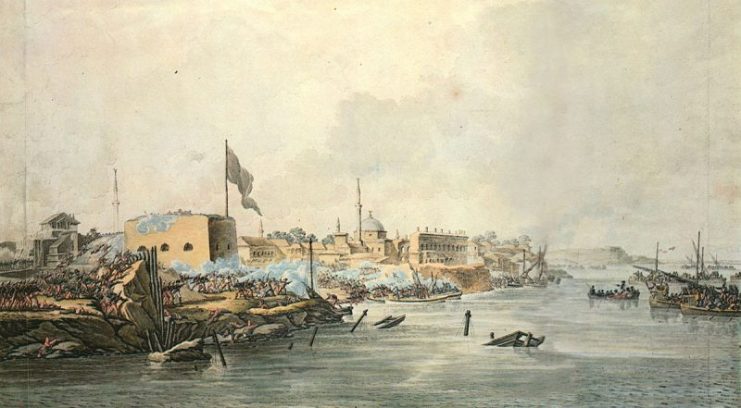
This discrepancy did not deter the Russians from attacking the city on the morning of December 22, 1790. Suvorov had the advantage of the Black Sea flotilla which was commanded by José de Ribas, a Spanish Admiral.
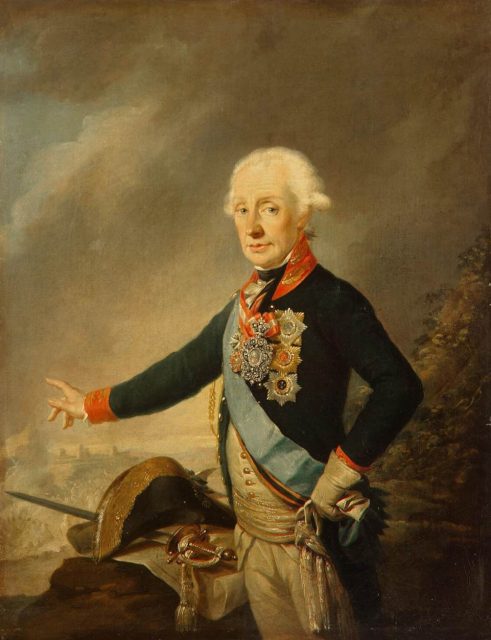
The walls to the north, east, and west were weaker. By eight in the morning, the Russian troops had entered the city. After the whole garrison had been captured, killed, or wounded, more than 26,000 of the Ottoman forces were dead. This number was six times higher than the casualties the Russian forces suffered.
Siege of Przemyśl
The infamous siege of Przemyśl is World War One’s longest continuous military blockade of a city. It started on 16 September 1914 and lasted until 22 March 1915 when the Austro-Hungarian garrison surrendered.
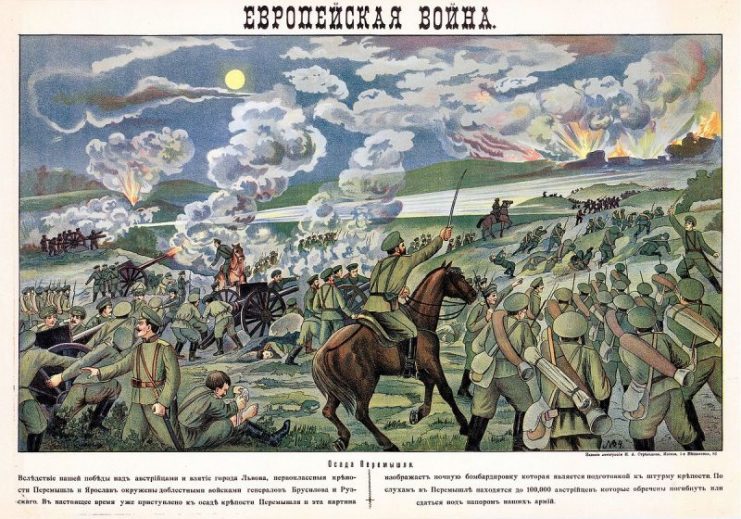
Located in today’s Poland, Przemyśl is nestled between mountains and was also surrounded by fertile lowlands with the navigable San River nearby. It has always been an important location from a military standpoint.
As a primary Austro-Hungarian stronghold, the city was heavily fortified in 1914. In early September, following the Battle of Galacia, the city was surrounded by Russian forces. But they were not strong enough to launch an attack.
Failed First Attempt
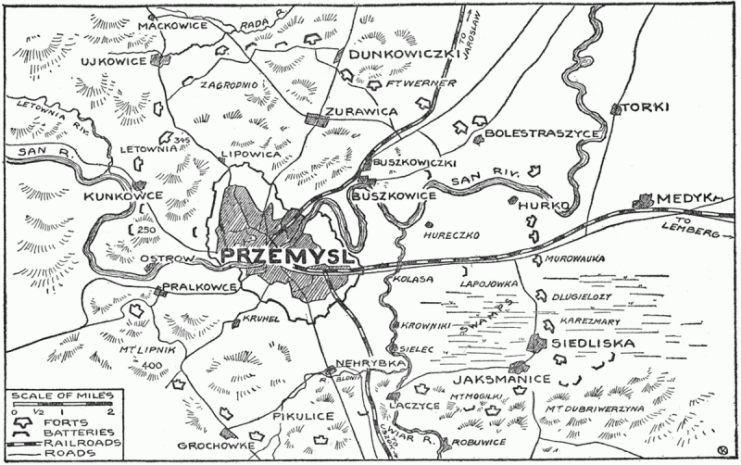
The Russians took until the end of September to draw up attacking forces of nearly 300,000 men. General Radko Dimitriev, Commander of the Russian Third Army, launched the first siege on 24 September 1914. Russian forces attacked the fortress for three continuous days but failed to make any progress due to insufficient field artillery. They suffered some 40,000 casualties.
Having been unsuccessful, Dimitriev lifted the siege and withdrew across the San River on 11 October.
When Hunger Strikes
General Andrei Nikolaevich Selivanov of the Russian Eleventh Army resumed siege operations against Przemyśl on 9 November 1914, but relief efforts kept Przemyśl from falling into Russia’s hands.
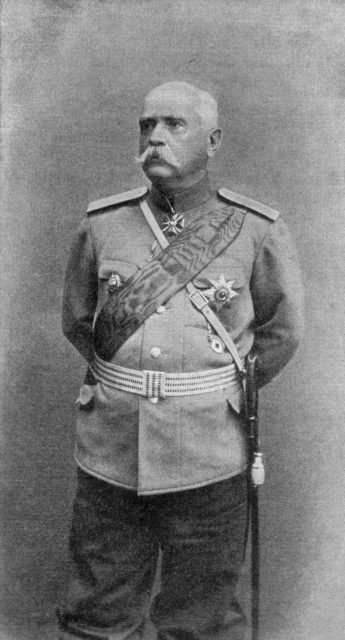
It wasn’t until all relief efforts had been exhausted and Russian troops were given sufficient artillery that the Russians overran the northern defenses. The remaining garrison of 117,000 surrendered on 22 March 1915.
Siege of Erzurum
A heavily fortified stronghold, Erzurum was the Ottoman’s best defended town. But the fortress was under threat by the Russians from the north and the east.
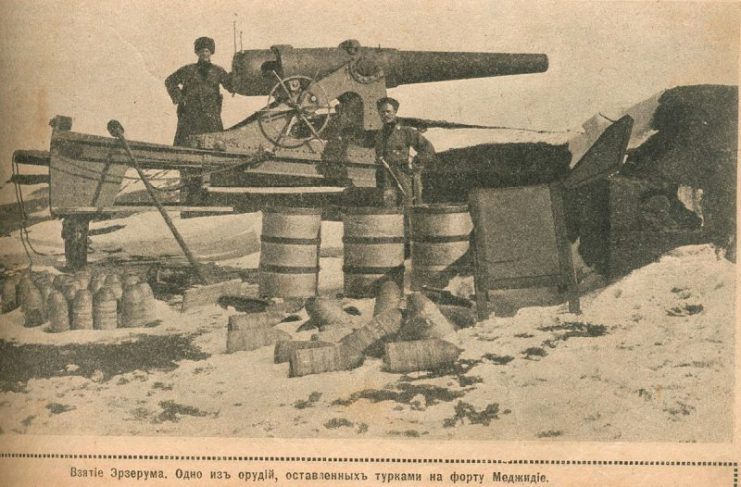
253 pieces of artillery defended the fortress. The fortifications covered the city in two rings on a 180-degree arc. The central area was covered by 11 forts and batteries and the flanks were guarded by a group of 2 forts each. Unfortunately, there were not enough soldiers in the Ottoman 3rd Army to adequately man the perimeter.
On the 11 February 1916, the Russians launched an attack on Erzurum.
Russian Cunning Over a Frontal Attack
Due to the location of the fortifications in unreachable mountains, the Russian troops had to resort to cunning strategies instead of a direct assault. They attacked in winter, camouflaged under the cover of a hard snowstorm.
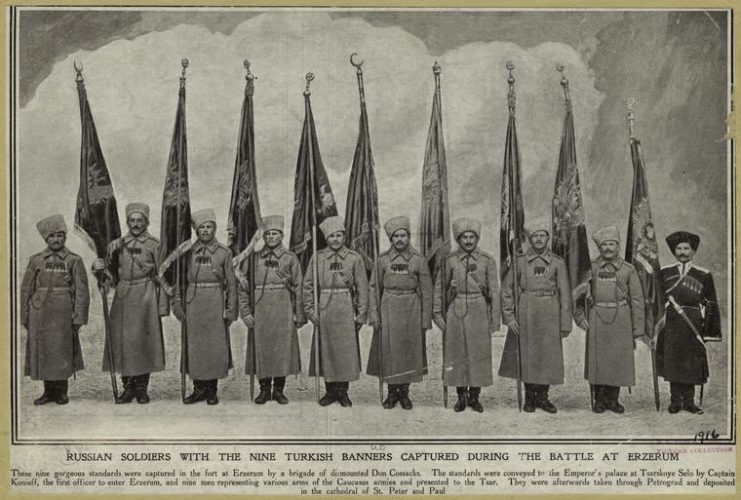
With 1,000 Russian men against the 350 men of the Turkish battalions, the Turks realized that the stronghold was lost to them. The Turkish Third Army began retreating from the fortified zones.
The Russians continued their attack until they entered the city on 16 February 1916. By then, the Ottomans had lost over 66,000 soldiers.
Siege of Königsberg
Winston Churchill called Königsberg “a modernized heavily defended fortress” that made an assault difficult for any army. In 1888, impressive defensive positions were already built, including forts that were interconnected by tunnels. They were built to withstand the bombardment of railway guns and also provided accommodation for the troops.
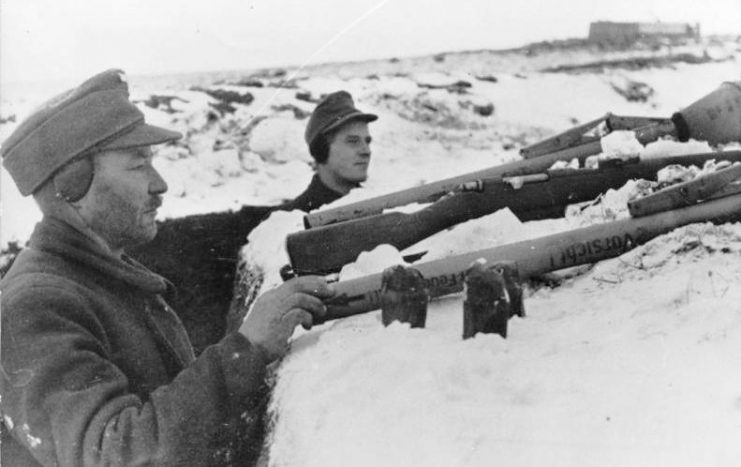
During the Königsberg Offensive on 6 April 1945, a total of 130,000 troops in five full-strength divisions were garrisoned inside the city, creating a fully fortified stronghold. The Soviets had to prepare carefully in order to face such defensive power.
Relying heavily on aviation and artillery support, the Soviets launched their first assault at dawn. The first wave attack lasted for three hours with intense artillery bombing.
Of Smoke and Flame
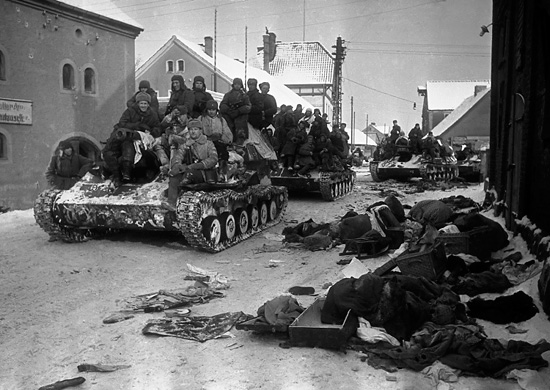
On 7 April 1945, the Soviets launched a second assault at Fort Eight, which was surrounded by a moat. To cross the moat successfully, the Soviets used smoke screens to hide their movements. They then used flamethrowers and managed to enter the fortress. This started fierce close combat.
The defense coordination of the German defenders fell apart on 9 April 1945. General Otto Lasch of the German army sent emissaries to negotiate the surrender. The Soviet troops only lost 3,700 men while the Germans lost over 42,000 men.
Fall of Berlin
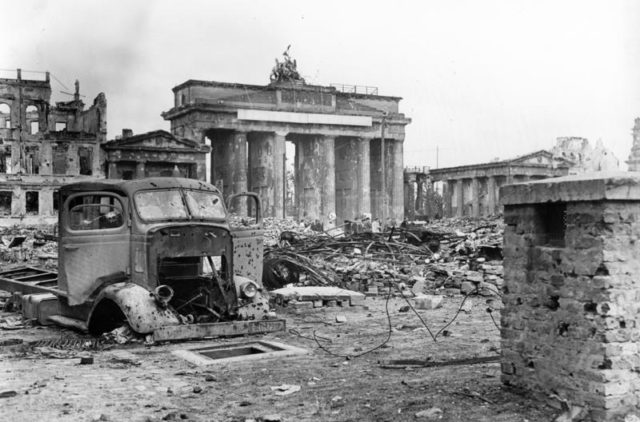
Berlin was the most important stronghold ever captured in the history of the Russian or Soviet army. It was also the Second World War’s final major offensive.
Under Operation Clausewitz, Germany established a defense plan for Berlin with the first defensive preparations made at the outskirts of the city.
Heavy Preparation on Both Sides
General Gotthard Heinrici, one of the German army’s best defensive tacticians, was responsible for fortifying the Seelow Heights that overlook the Oder River and for turning the Oder’s floodplain into a swamp. Three belts of defensive emplacements were built behind the plateau and towards the outskirts of Berlin. An extensive network of trenches and bunkers were also added.
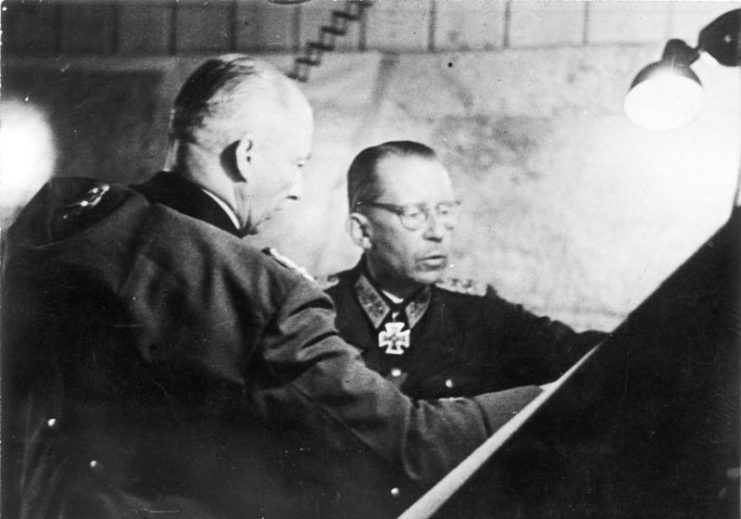
But the Soviets came prepared to lay siege to the fortified stronghold. A total of 2.5 million men made up the three Soviet fronts and were armed with thousands of artillery pieces and mortars, aircraft, tanks, Katyusha rocket launchers mounted on trucks, and motor vehicles.
On the 23 April 1945, the 5th Shock Army and the 1st Guards Tank Army of the Soviet attacked Berlin. They did so from the south-east, which then resulted in them reaching the Berlin S-Bahn ring railway. This was after they overcame the German troops’ counter-attack.
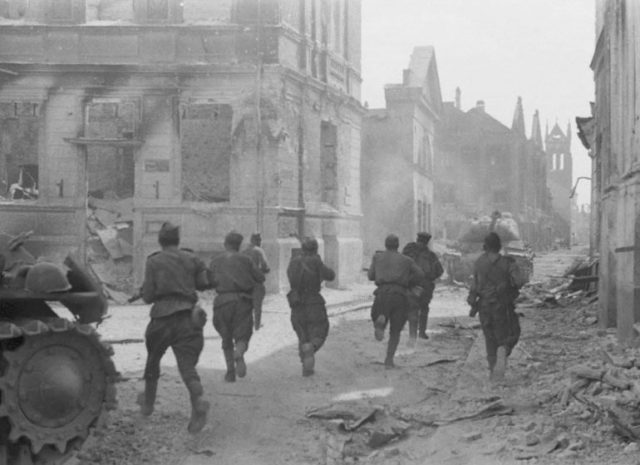
Alongside the 8th Guards Army, the 1st Guards Tank Army battled to reach the southern suburbs on 26 April. With attacks coming from other Soviet forces, the Russians managed to advance to the city center from the south-east.
The heaviest fighting, which included hand-to-hand and house-to-house combat, happened in Alexanderplatz, the Reichstag, the Moltke bridge, and the Havel bridges.
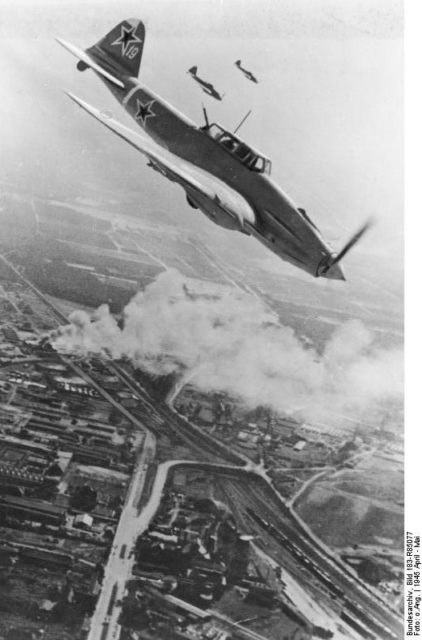
During the early hours of 30 April, Adolf Hitler gave permission for defenders to attempt a breakout through the Red Army lines. He later committed suicide with longtime companion, Eva Braun.
Unconditional Surrender Turned Bloody
On 1 May 1945, General Hans Krebs negotiated a citywide surrender with General Chuikov, the commander of the Soviet 8th Guards Army. But it wasn’t until the death of Joseph Goebbels, who was the new Chancellor of Germany, when the terms of the unconditional surrender of the garrison were accepted.
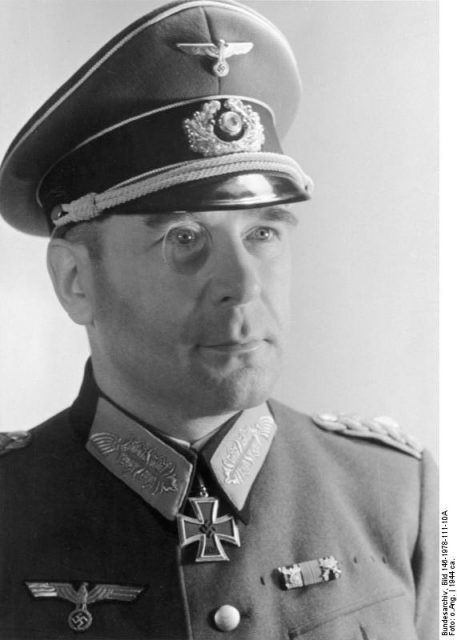
Unfortunately, Krebs delayed the surrender so the planned breakout could take place.
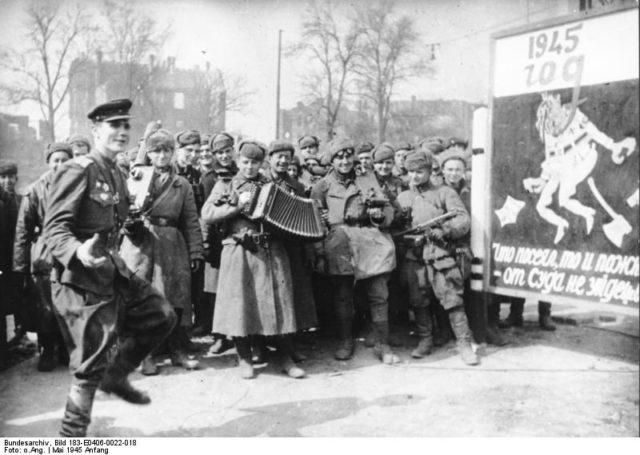
Read another story from us: Vasili Arkhipov – Soviet Hero that Stopped WW 3
What remained of the Berlin garrison made the attempt to escape the city under the cloak of darkness. Out of the three different directions that the garrison took, only a handful breached Soviet lines. Most of them were either killed or captured by the Red Army.
This resulted in the German troops suffering about 75,000 casualties. But with a loss of over 100,000, it was the Soviet troops who ultimately lost more men.
